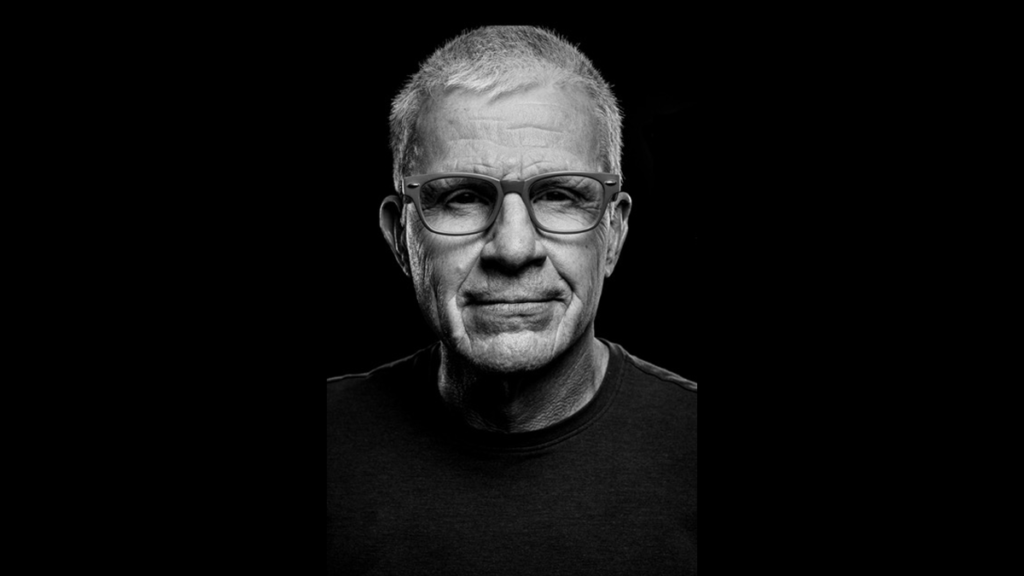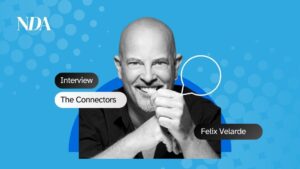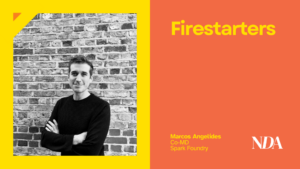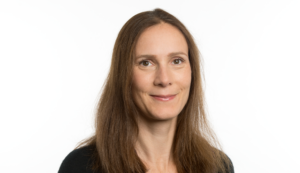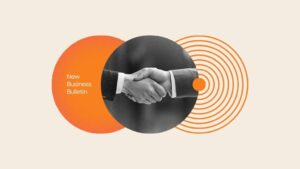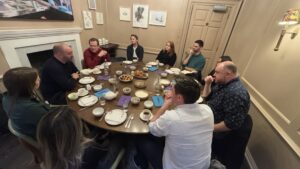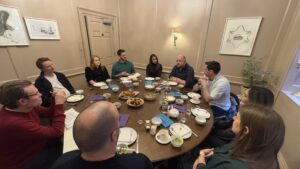We think it’s time to recognise and celebrate the true talent in our industry, the creatives, technologists, founders and leaders that are really driving our industry and shaping society, who just happen to be over 50. 50over50 is a series of interviews, shortly to become a podcast, with our most influential and inspiring industry leaders aged 50 and over.
Ian David is Founder and Creative Director of FEARLESS and a writer for the advertising blog Blokewriter.
What one thing are you proudest of in your career?
Having the courage to stay on at school when all my mates left at 16 to get jobs.
What creative heights are you now capable of that you wouldn’t have been able to achieve at the early or mid-point of your career?
When you’ve been around the sun a few times, you get to the answer quicker. The accumulated sum of everything you’ve learned goes into every new project or endeavor. You’re not conscious of it; it’s just there, working in the background. It’s kind of cool.
What gives you the most satisfaction in your role today?
Raising awareness of the counter-intuitive idiocy of ageism in advertising and the fact we’re finally debating the issue is obviously rewarding. But it’s only half the battle: Talk is good. Action is better.
What is the biggest lesson you have learned in your career?
Assume nothing. Don’t assume your hard work, long hours, etc., are being clocked, appreciated, or otherwise noted by others. They might be, but there’s every chance they’re not. If you want something – a promotion, a raise, more responsibility – go ask for it. Now. Today. If you get it, great. If you don’t, that’s great, too. You’ll know to start looking for the kudos and respect you deserve elsewhere.
What advice would you give your 25-year old self?
Don’t worry, it gets easier.
What is the biggest mistake companies – brands or the industry – are making in their attitude to age today?
How long do you have? The biggest one is obviously financial. The over 50s account for more than 50% of all consumer spending, yet only 8% of advertising budgets target them. Billions of dollars are being left on the table. It boggles the mind.
And when we do decide to take the over 50 demographic seriously, let’s see to it that their peers are creating the ads they see – people who’ve shared the same life-defining moments and can empathize with their hopes, fears, wants, needs, and desires.
Clients hold the key to change. When a CMO walks into an agency presentation or pitch and sees only people under 34 looking back at them, they need to ask themselves, “What am I missing out on here? What perspectives am I not getting and what’s it costing my brand?”
What are you most excited about in your industry over the next 10 years?
We are living in a peculiar moment in time. A glass-half-empty mindset sees only turmoil and end times. Those of the glass-half-full persuasion see opportunity. Amid the uncertainty, many of us are questioning much of what we’ve taken for granted or done out of habit. If ever there was a time to embrace an alternative to the traditional big agency model, it’s surely now. Remote working works. It’s not only viable, practical, and cost-effective, it’s also democratic and inclusive. It offers the possibility of getting thousands of talented people who’ve been ostracized through age, gender, or race back into the business they love. My goal is to establish remote advertising networks as a viable alternative to the traditional ad agency model. I’d like to do that in five years, ten tops.
What is your biggest regret about the industry today?
We’ve lost sight of advertising’s primary directive: To create work that stands out.



